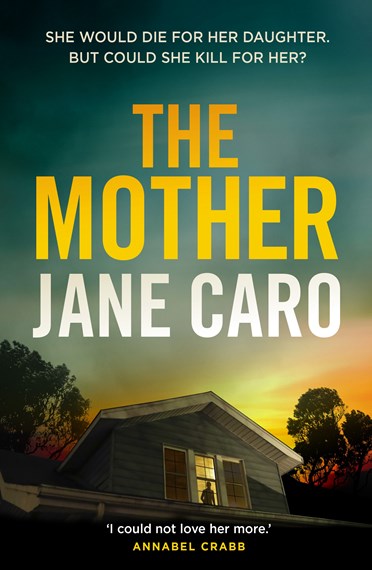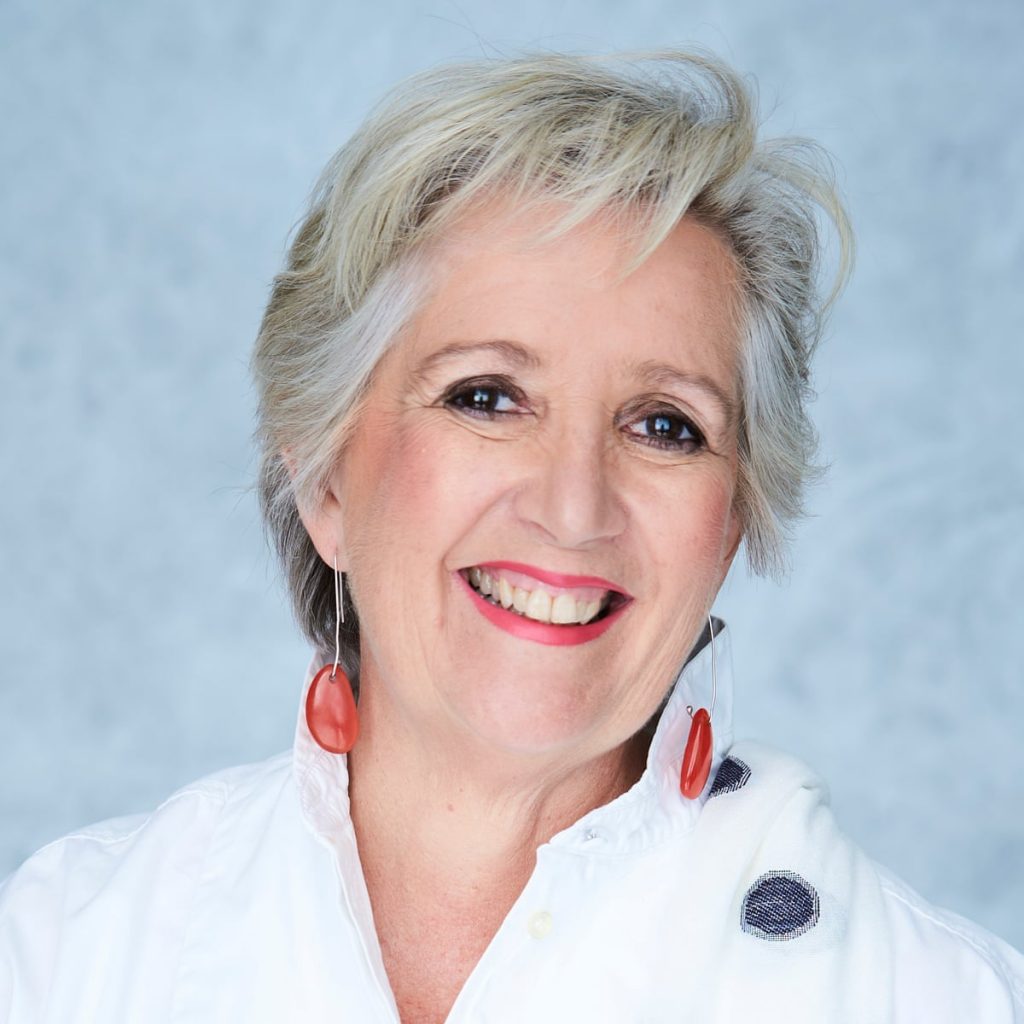The Mother, Jane Caro, Australia, 2022
A book about domestic violence seen through the eyes of the victim’s mother, Miriam. Miriam is both aware and not aware of what is going on, and although Caro is presenting domestic violence from the perspective of a third person, her main focus is on the unconditional love of a mother for her child.

Without giving away too much of the story, Miriam’s younger daughter, Alison, marries Nick, a handsome vet. Miriam is delighted that both her daughters – Alison and Fiona – have finally found true love and are now the responsibility of someone else. Both she and her husband, Pete, are looking forward to doing all the things that couples in their sixties hope to be able to do.
Unfortunately, this is not what happens, and Miriam’s life is soon irrevocably turned upside down. It takes her a while to understand what is actually going on, but as understanding replaces her rather naïve ideas about relationships, Miriam finally finds an inner strength she did not know she possessed.
The book does not tell us anything new about domestic violence, but it does touch on the far-reaching implications of such abuse and how it can affect extended family and even friends.
For me, Miriam is a most unlikeable character. Self-centred, immature and privileged, her relationship with both daughters is tinged with superficiality and a lack of sincere feeling; she seems to base all her opinions on appearance more than on reality. Her reasoning, and consequent actions, lack the emotional intelligence one would expect to find in a woman of her age. Her ignorance as to what Alison is experiencing is confounding, to say the least. At the same time, the two daughters – products of an advantaged, removed-from-reality upbringing – are only slightly more likeable than their mother.

Putting the main characters’ likeability to one side, the first part of the book, concentrating on Miriam’s growing awareness that something may not be as it should be, does give an interesting picture of an inept woman being pulled into a situation well beyond her comfort zone. The second part of the book, although interesting, reads more like a factual account of the Australian justice system in which the characters – their thoughts, feelings, anxieties – definitely take second place.
Ignoring discrepancies in the writing, the unlikeable characters and the fairly dry culmination, this is a book that is still worth reading. Domestic violence is a present-day plague, and if a book that highlights it, from whatever perspective, manages to connect with only one person, then the book has achieved its purpose.